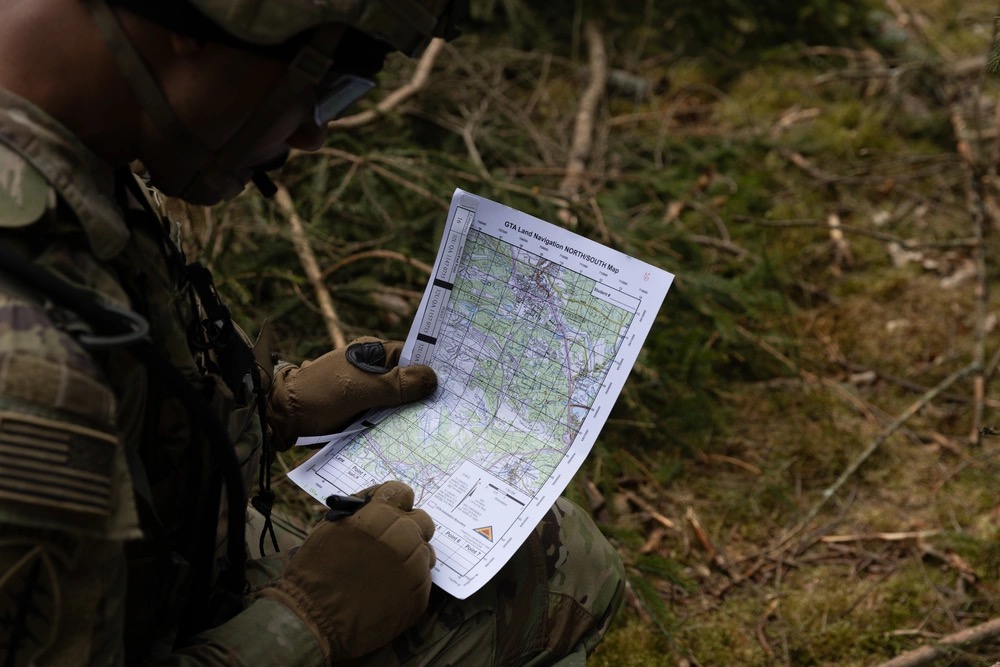- The App
- Sandboxx News
- Resources
Learn
- Company
About
Become a Partner
Support
- The App
- Sandboxx News
- Resources
Learn
- Company
About
Become a Partner
Support

If you’re a Future Soldier preparing for Basic Combat Training, one of the most important skills you’ll learn is basic land navigation and map reading. These aren’t just old-school skills—they’re essential Soldier tasks that can make the difference between mission success and failure. While the Army uses advanced GPS and technology, you’ll still be trained to navigate with nothing but a map, compass, and your own know-how.
In the Army, knowing where you are, where you need to go, and how to get there—without relying on technology—is a critical survival skill. Whether you’re moving through unfamiliar terrain during training, a field exercise, or a real-world mission, the fundamentals of map reading ensure you can operate confidently and independently.
You’ll learn to identify:
During training, you’ll practice taking a grid coordinate (like 13S E 12345 67890) and plotting it on your map using a protractor. Once plotted, you’ll use your compass to find the direction and distance to your destination.
In Basic Training, you’ll do both:
Land navigation isn’t just a test at Basic—it’s a core Soldier skill you’ll carry throughout your Army career. Mastering it shows you can adapt, think critically, and move with confidence in any environment. When you arrive at BCT already familiar with maps and compasses, you’ll be one step ahead—and ready to lead the way.
I’ll be back next week with more tips and guidance. Until then, Hooah!
SGM Kris Broadus, U.S. Army (Retired)